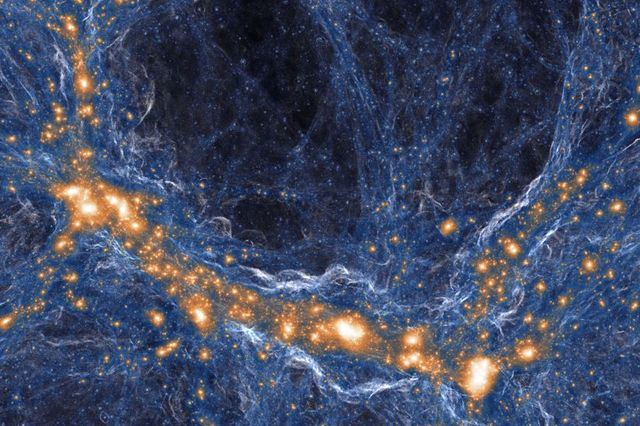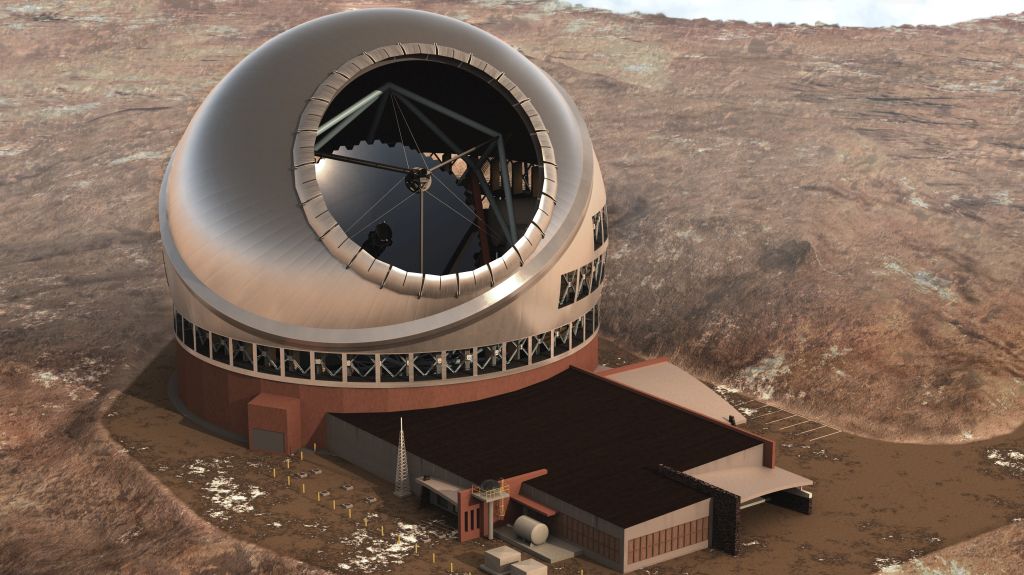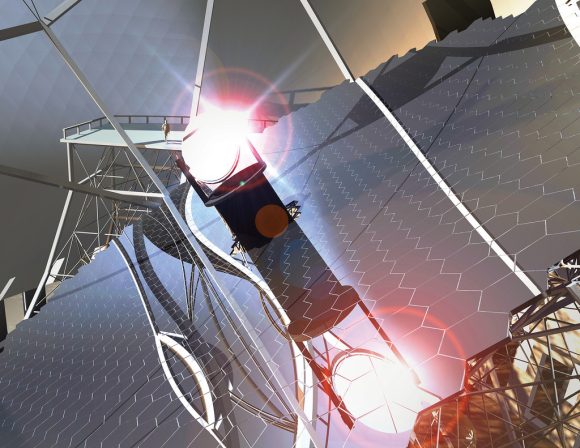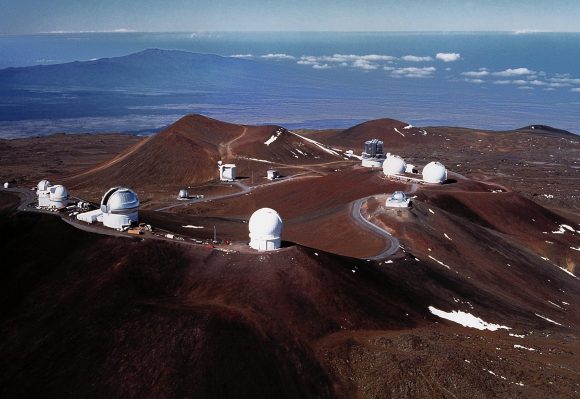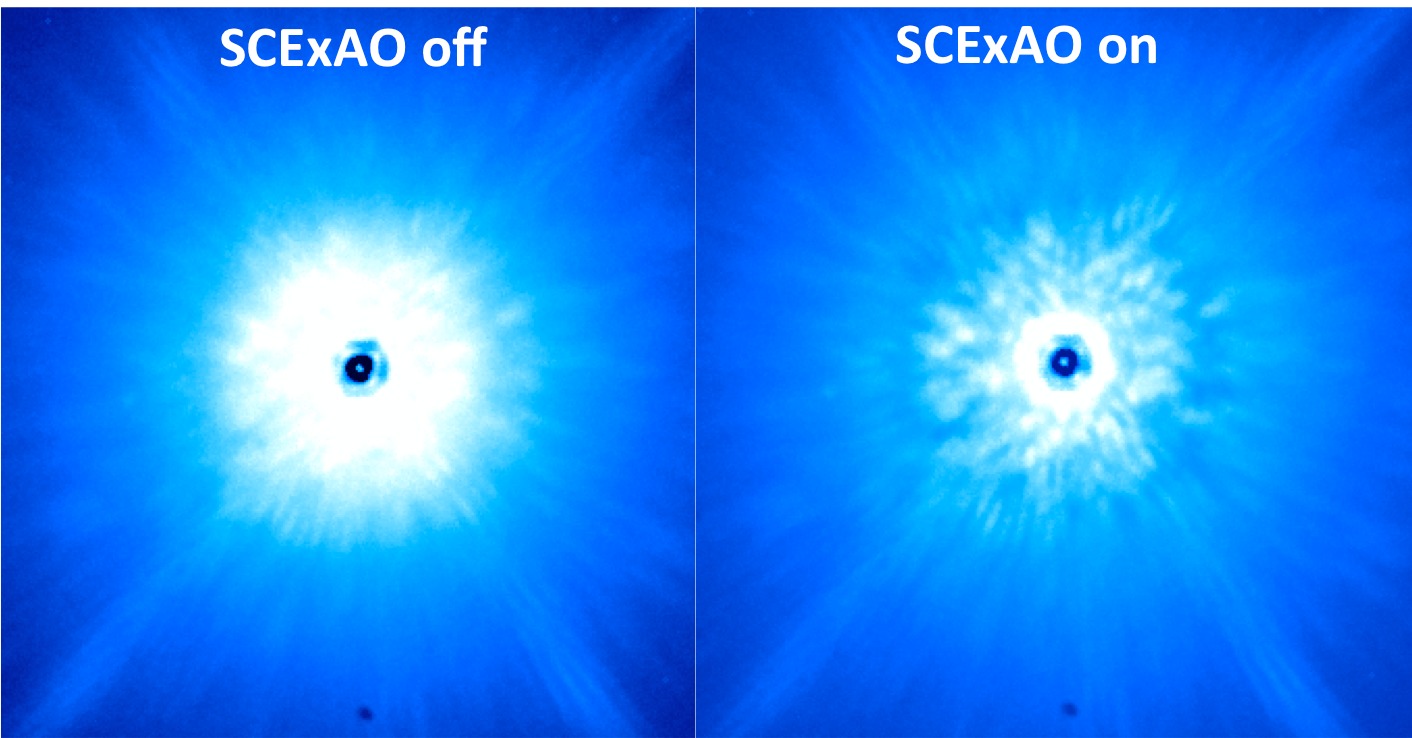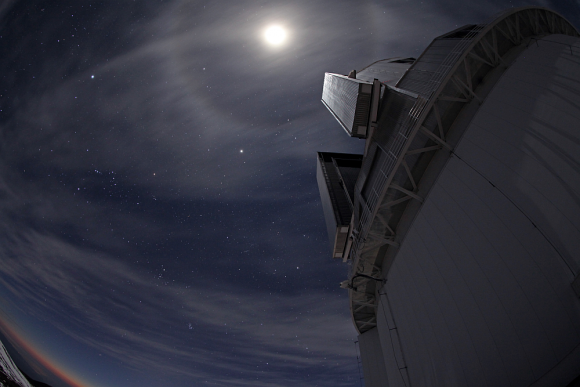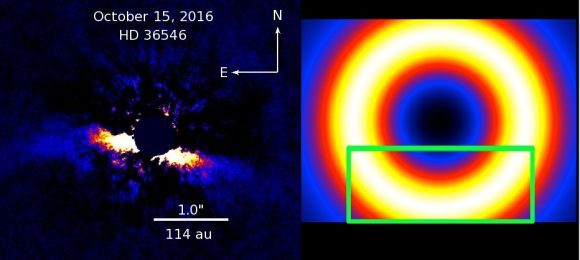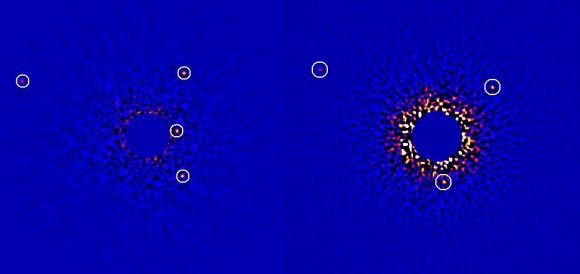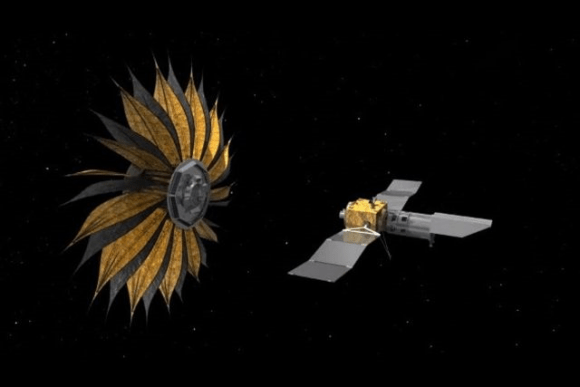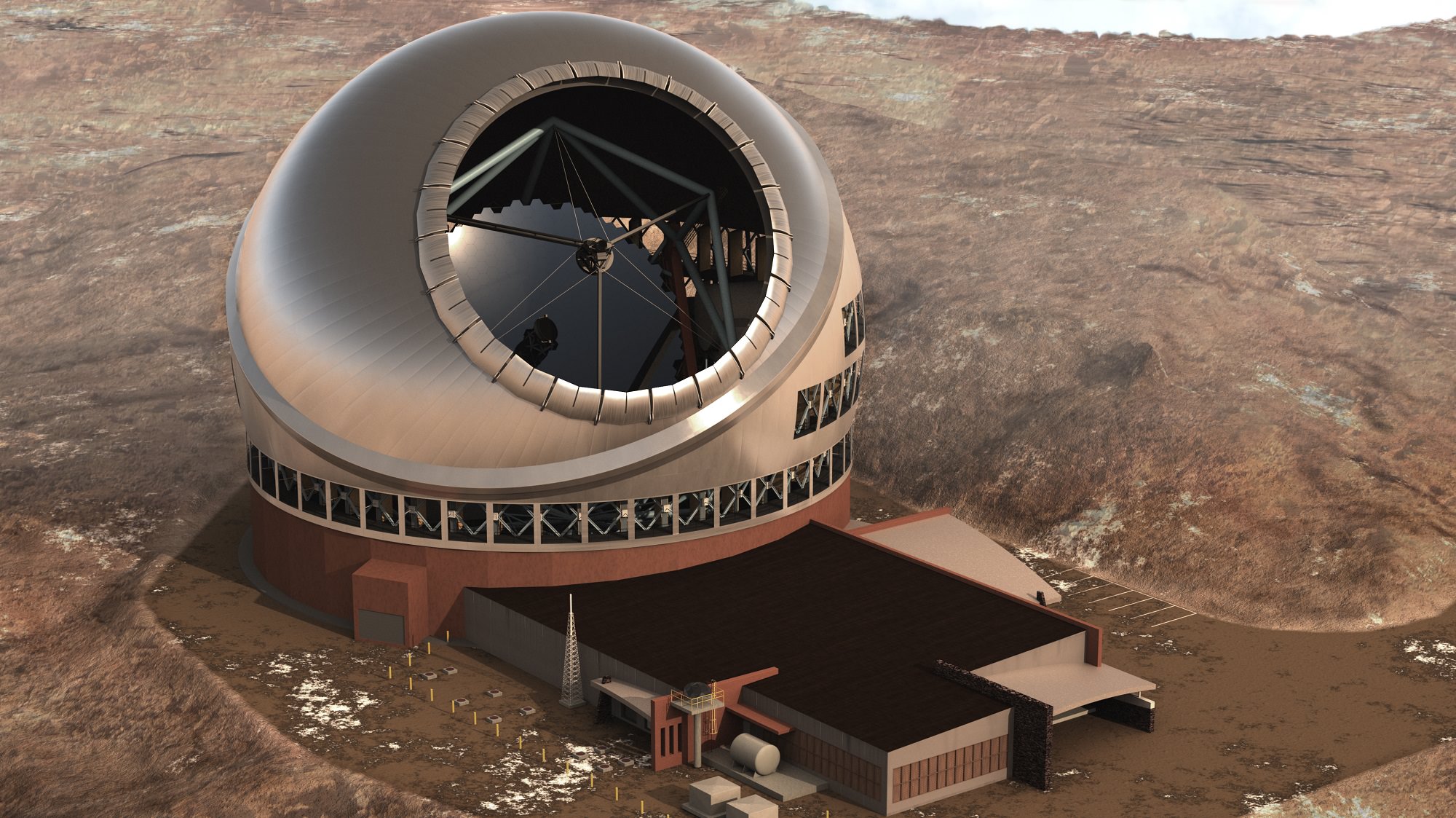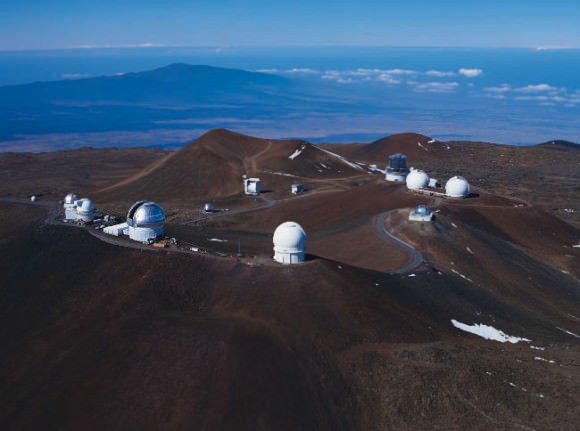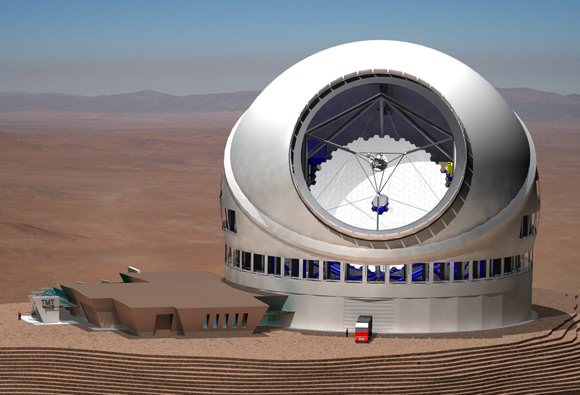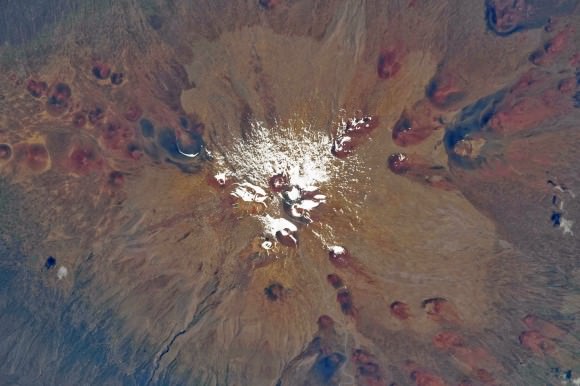According to the Big Bang Theory of cosmology, the Universe began roughly 13.8 billion years ago as all matter in the Universe began to expand from a single point of infinite density. Over the next few billion years, the fundamental forces of the Universe began to separate from each other and subatomic particles and atoms formed. In time, this first stars and galaxies formed, giving rise to the large-scale structure of the Universe.
However, it was only by roughly 1 billion years after the Big Bang that the Universe began to become transparent. By about 12 billion years ago, intergalactic space was filled with gas that was much less transparent than it is now, with variations from place to place. To address why this was, a team of astronomers recently used the world’s largest telescope to search for galaxies of young stars in a huge volume of space.
The study which details their findings recently appeared in The Astrophysical Journal under the title “Evidence for Large-scale Fluctuations in the Metagalactic Ionizing Background Near Redshift Six“. The study was led by George D. Becker, a professor of astrophysics at the University of California Riverside, and included members from the University of California, Los Angeles (UCLA), and the University of California, Santa Barbara (UCSB).
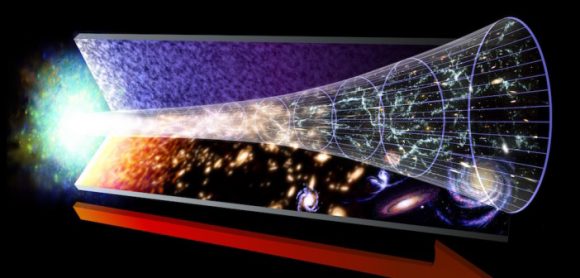
For the sake of their study, the team used the Subaru Telescope – the world’s largest telescope, located at the Mauna Kea Observatories in Hawaii – to examine a 500 million light-year volume of space as it existed roughly 12 billion years ago. Using this data, the team considered two possible models that could account for the variations in transparency that astronomers have been seeing during this cosmic epoch.
On the one hand, if the region contained a small number of galaxies, the team would conclude that startlight could not penetrate very far through the intergalactic gas. On the other hand, if it contained an unusually large number of galaxies, this would indicate that the region had cooled significantly over the previous several hundred million years. Prior to their observations, Beck and his team were expecting to find that it was the latter.
However, what they found was that the region contained far fewer galaxies than expected – which indicated that the opaqueness of the region was due to a lack of starlight. As Steven Furlanetto, a UCLA professor of astronomy and a co-author of the research, explained in a recent UCLA press release:
“It was a rare case in astronomy where two competing models, both of which were compelling in their own way, offered precisely opposite predictions, and we were lucky that those predictions were testable… It is not that the opacity is a cause of the lack of galaxies. Instead, it’s the other way around.”
In addition to addressing an enduring mystery in astronomy, this study also has implications for our understanding of how the Universe evolved over time. According to our current cosmological models, the period that took place roughly 380,000 t0 150 million years after the Big Bang is known as the “Dark Ages”. Most of the photons in the Universe were interacting with electrons and protons at this time, which means radiation from this period is undetectable by our current instruments.
However, by about 1 billion years after the Big Bang, the first stars and galaxies had formed. It is further believed that ultraviolet light from these first galaxies filled the Universe and is what allowed for the gas in deep space to become transparent. This would have occurred earlier in regions with more galaxies, the astronomers concluded, hence why there are variations in transparency.
In short, if more ultraviolet radiation from galaxies would lead to greater transparency in the early Universe, then the existence of fewer nearby galaxies would cause certain regions to be murkier. In the future, Becker and his team hope to further study this region of space and others like it in the hope that it will reveal clues about how the first galaxies illuminated the Universe during that early period, which remains a subject of inquiry at this point.
This research is also expected to shed more light on how the early Universe evolved, gradually giving rise to the one that are familiar with today. And as next-generation instruments are able to probe deeper into space (and hence, further back in time), we just may come to understand how existence as we know it all unfolded.
Further Reading: UCLA, The Astrophysical Journal

